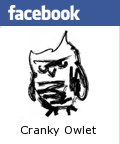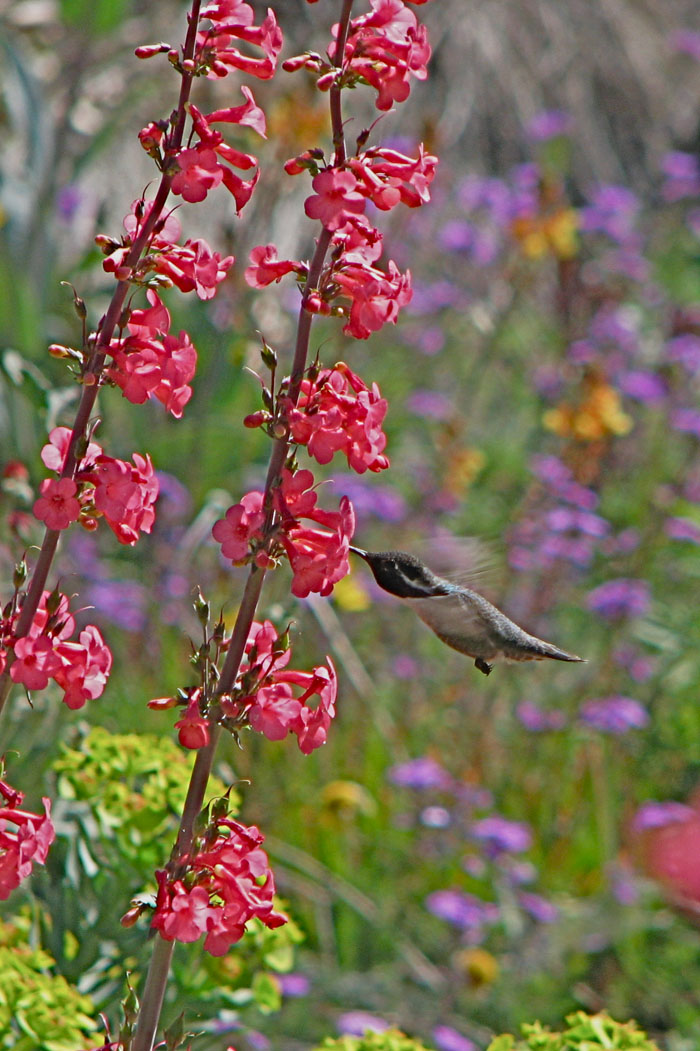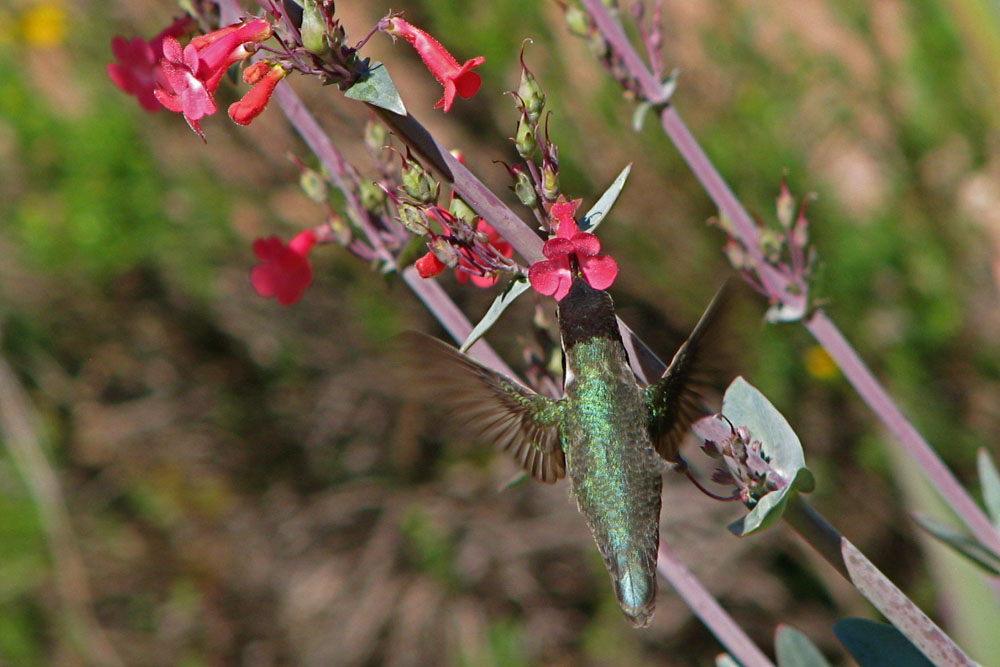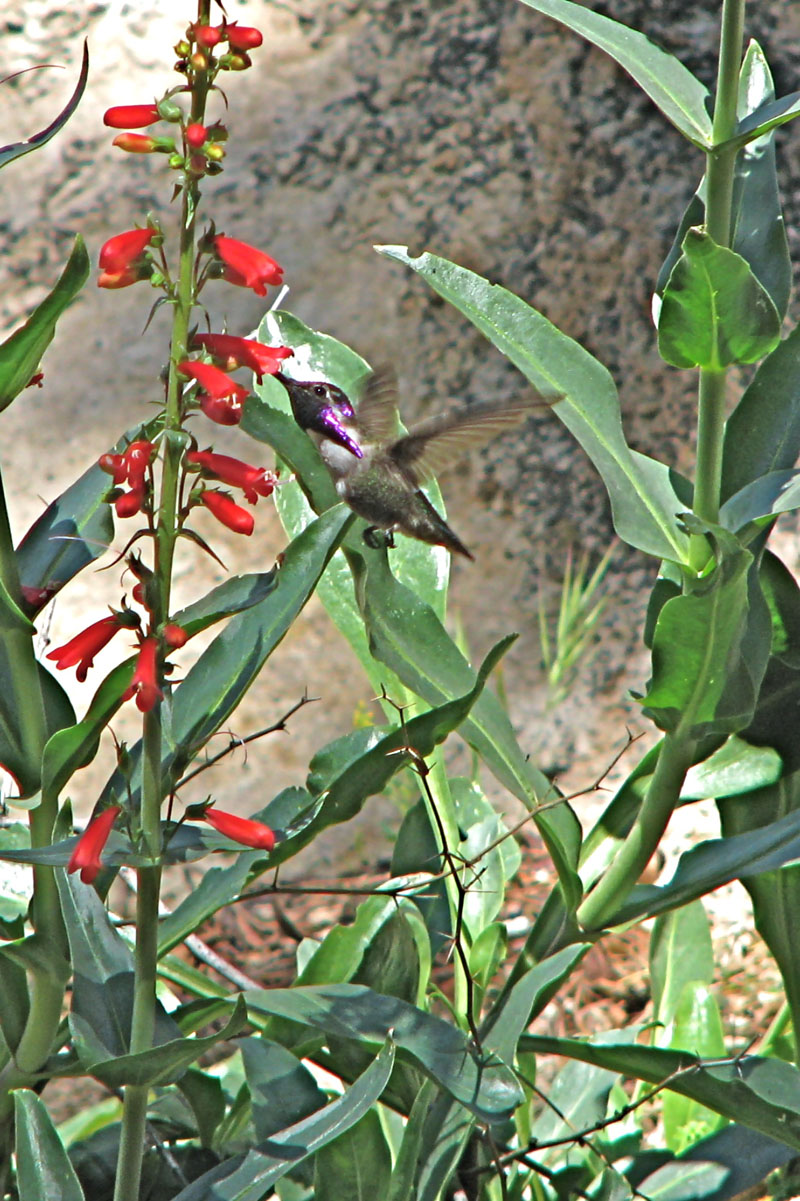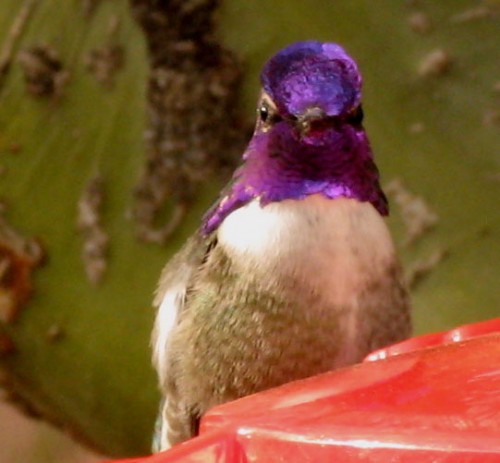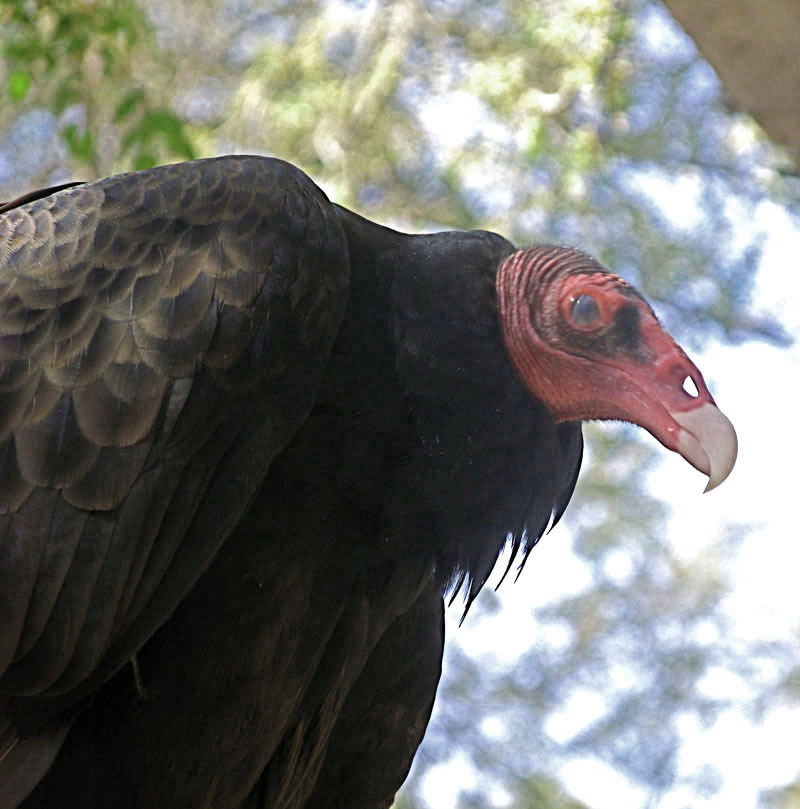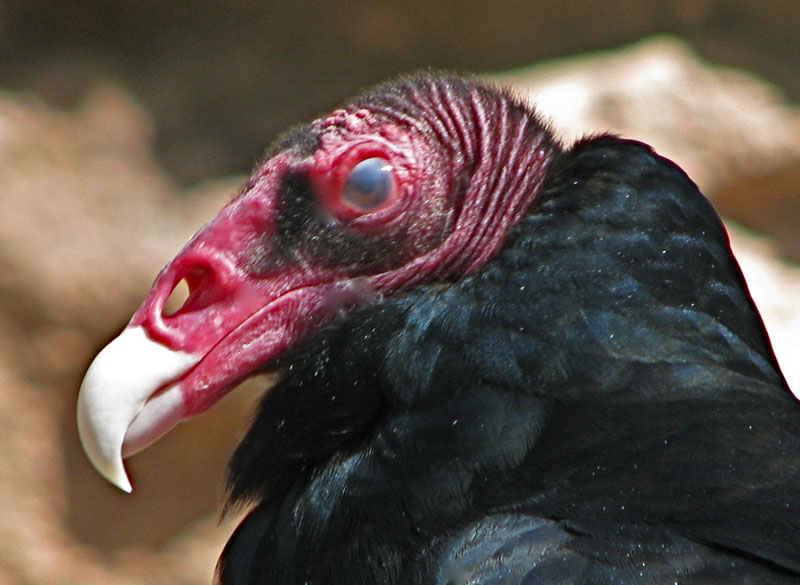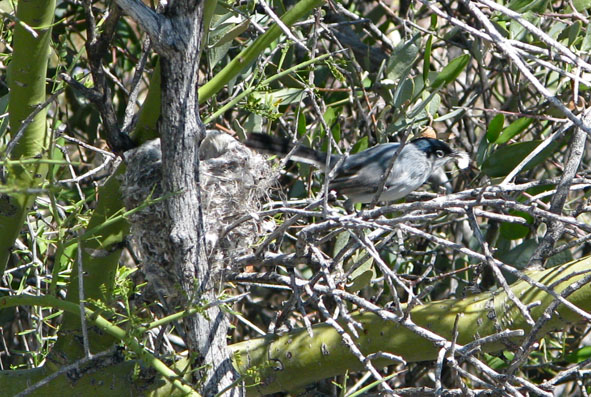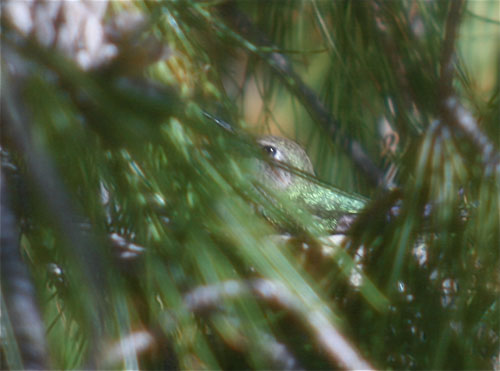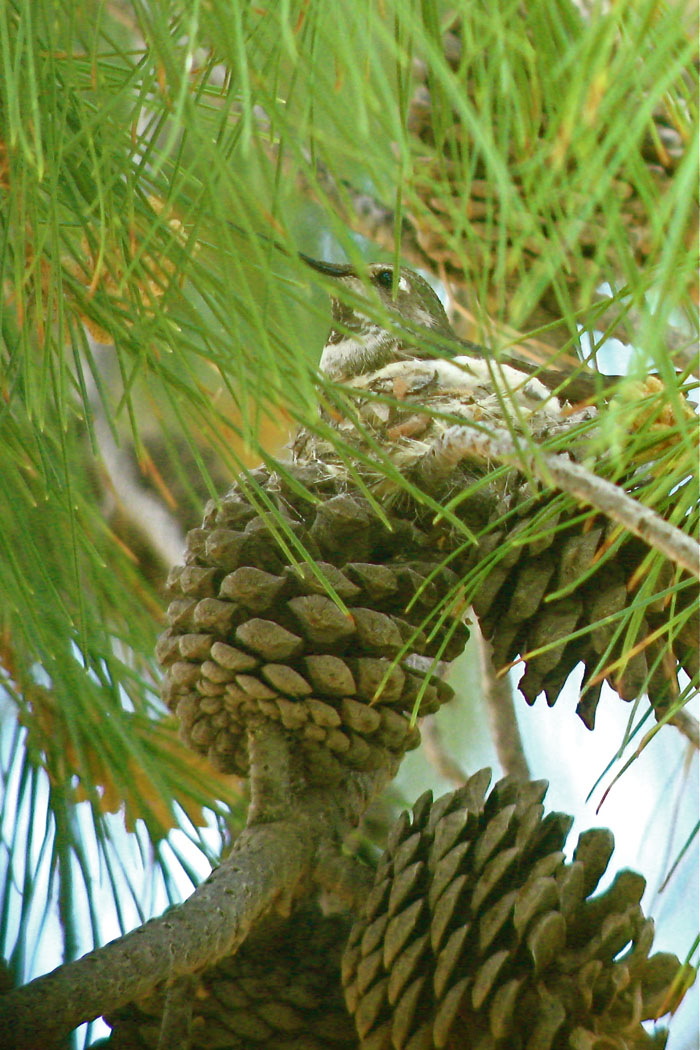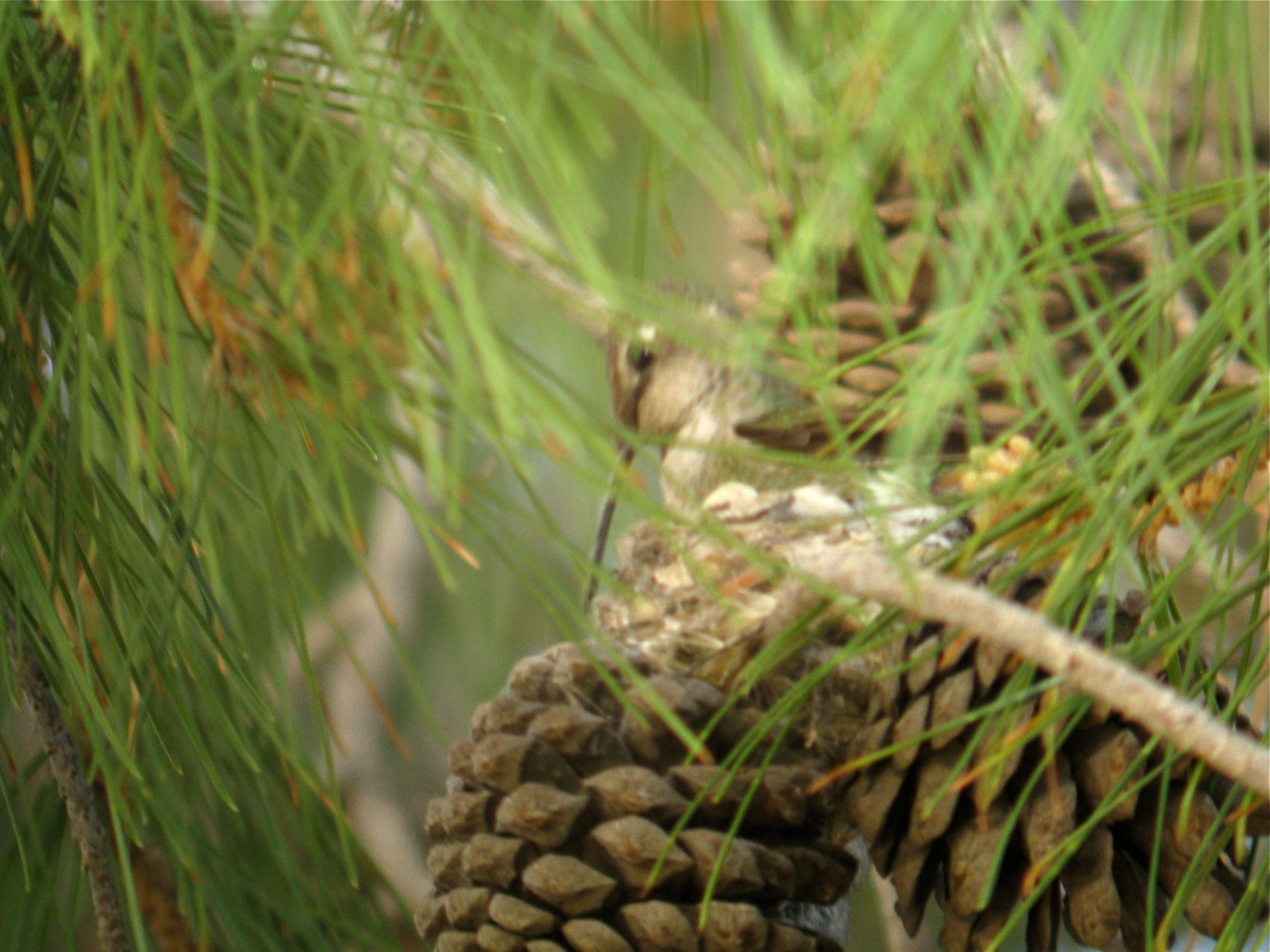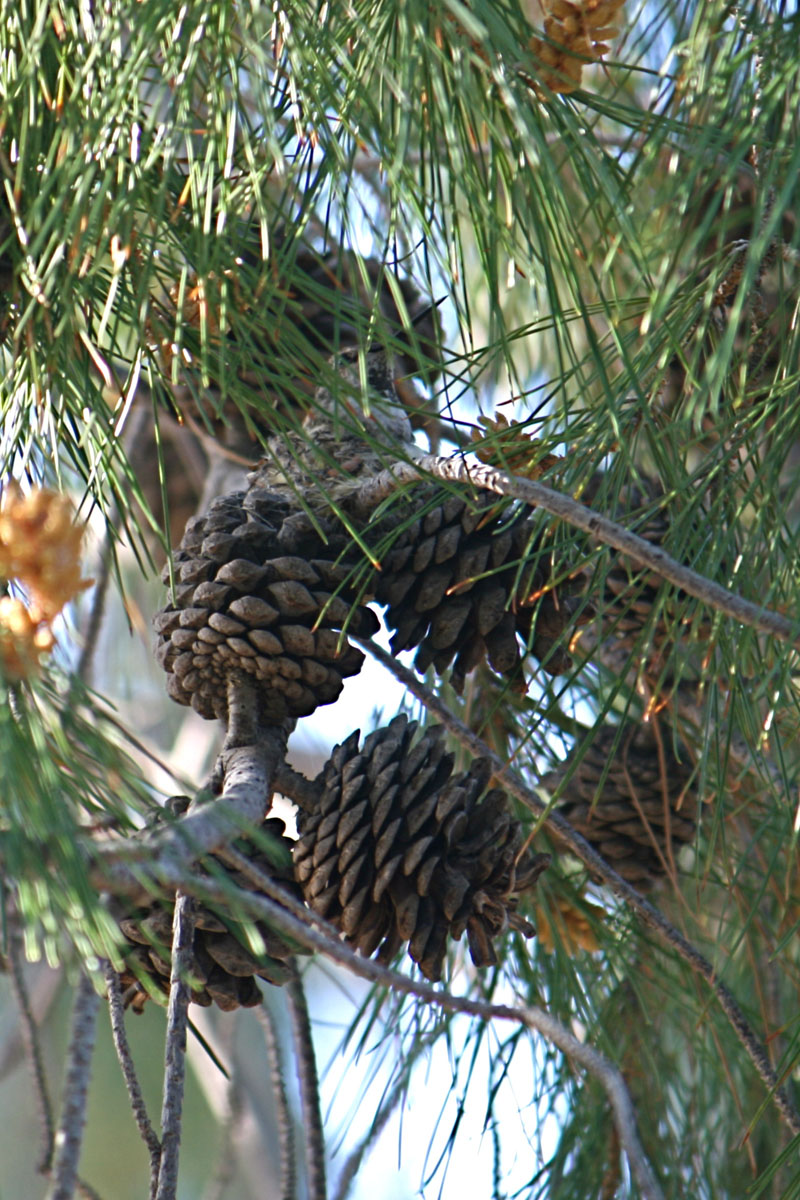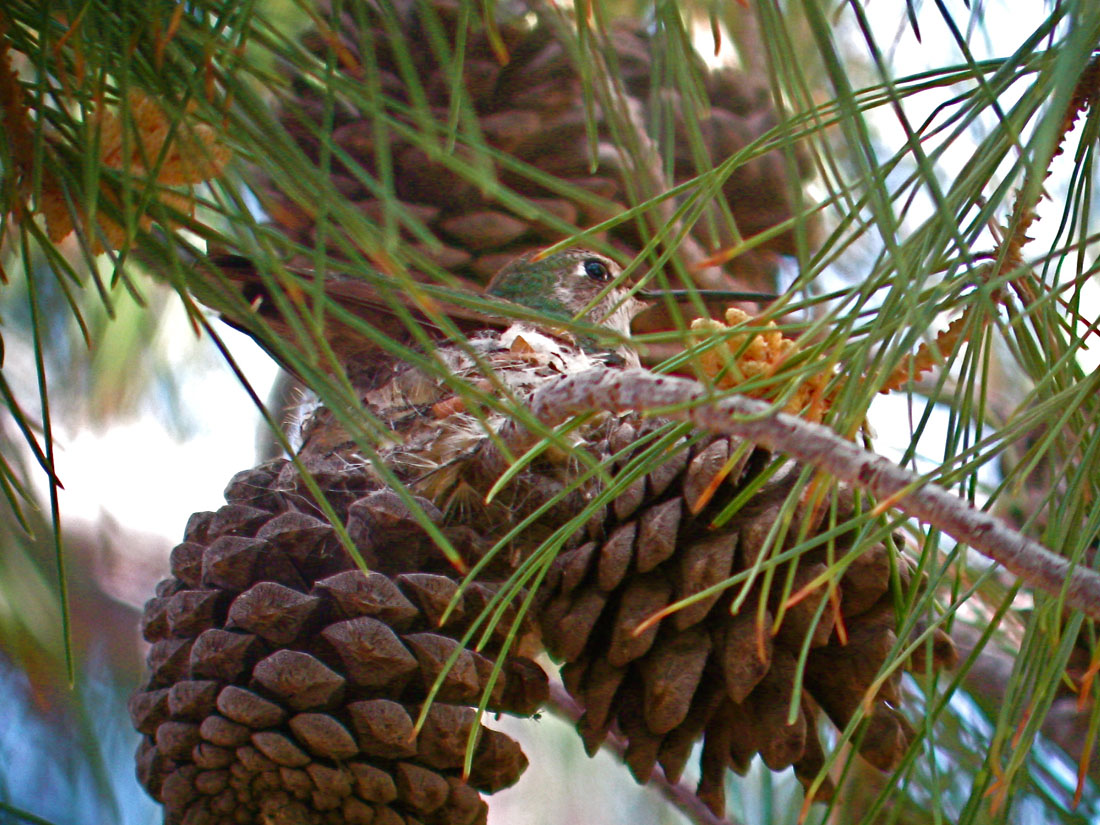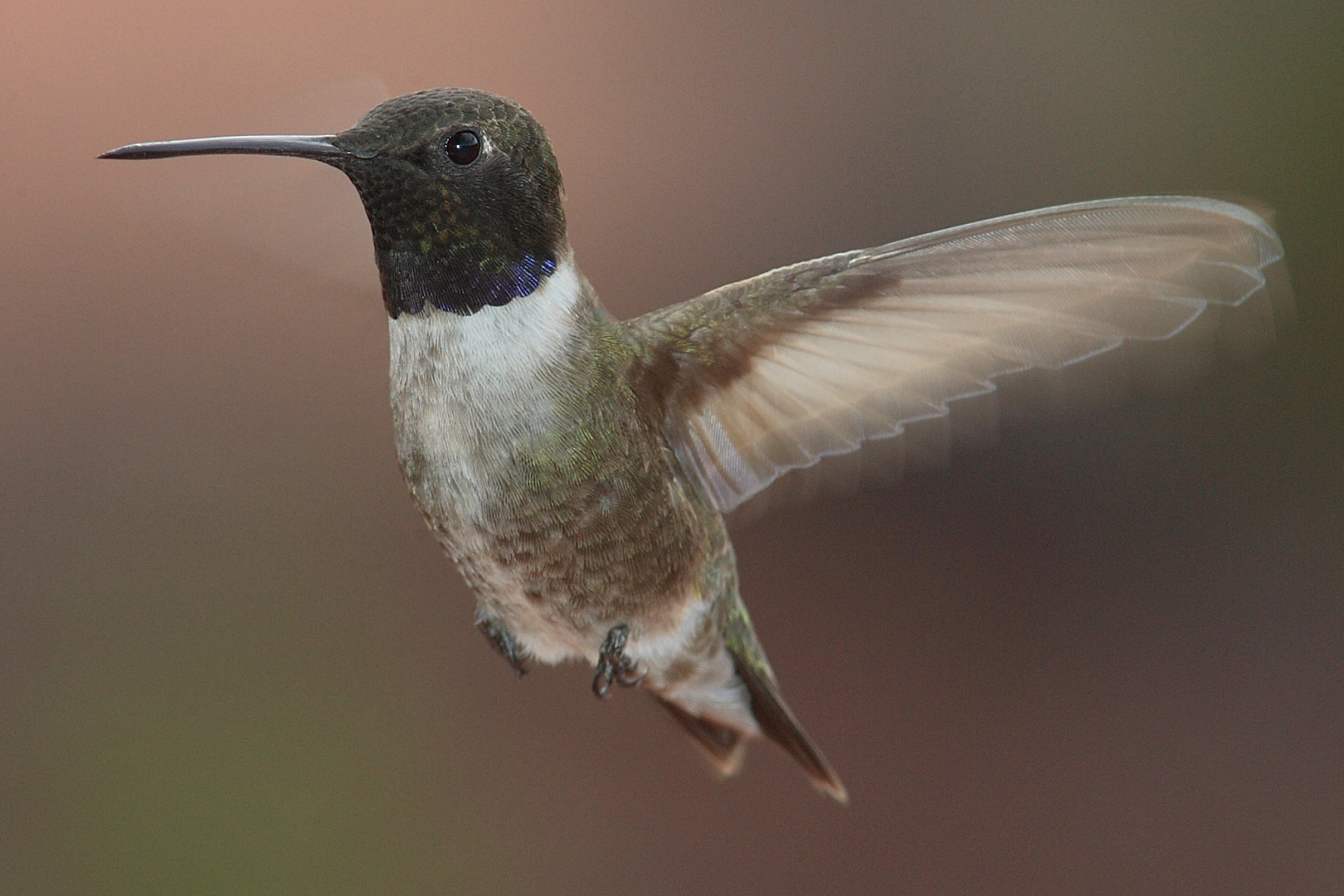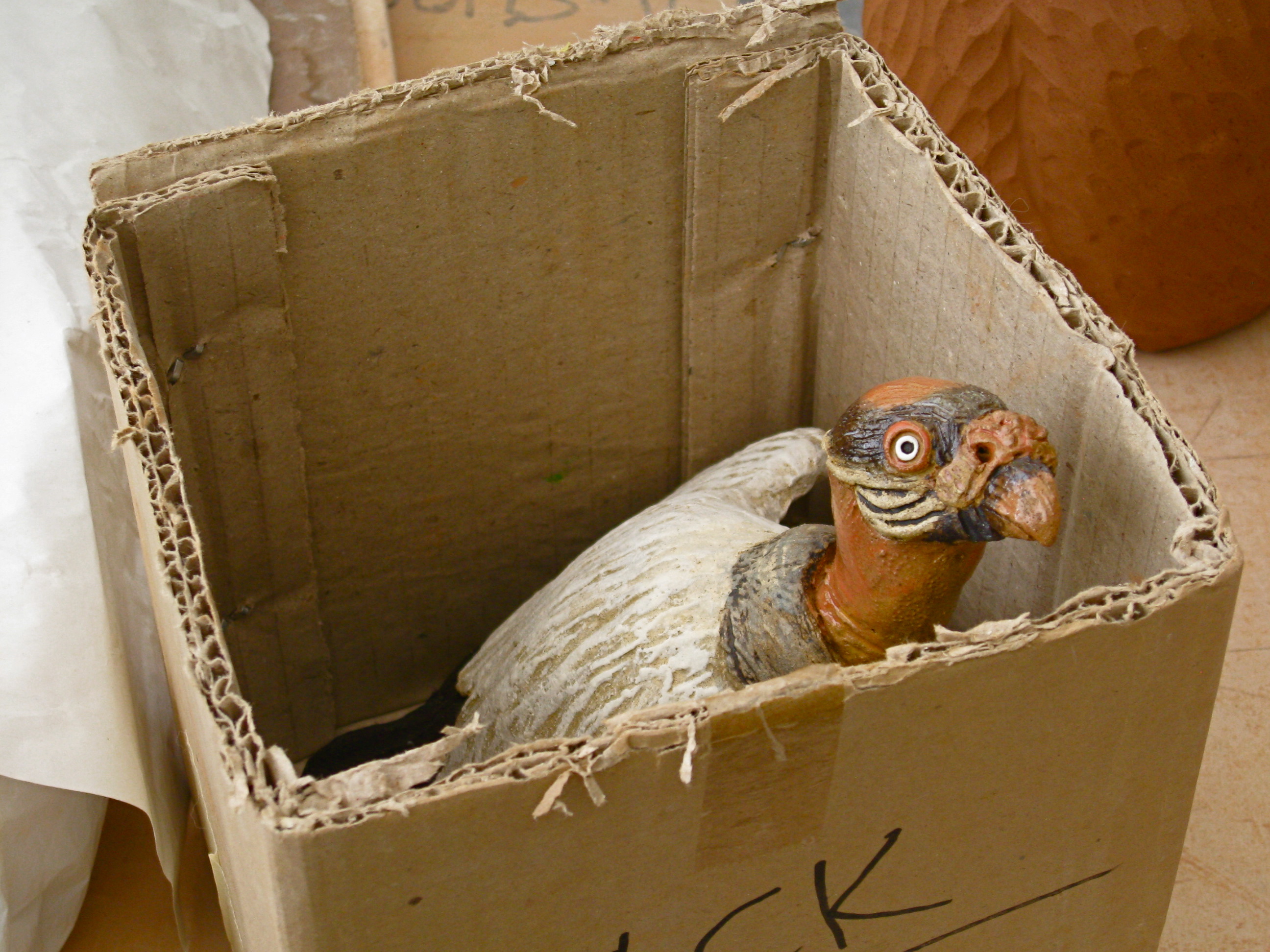Nidification: Turns out the Hen is a good sailor…
…and rode out a major blow.
From the middle of the day yesterday until just after 10pm, a big wind storm ruffled the Phoenix area. It made the blustery afternoons we’ve been having look like a gentle breeze. There were sustained winds near 30mph, and a peak wind gust of 53mph. Much of this was after dark, and the Aleppo pine’s thin boughs tossed and snapped, setting off the motion detector light in the back yard — in the light we could see the Hen’s slender bough whipping up and down, the nest riding high or low at each gust. To discourage heavier  predators, she’s built the nest in the flexible twigs at the end of a branch, so the motion was maximum and it looked like a wild ride. I was sure it was the end of the nidification, but thanks to several miracles of nature: excellent building skills, parental determination, and pure luck, the Hen and her Nid weathered the storm. For the whole event she sat in the nest, effectively corking it so that the eggs stayed in. E saw her up there during the worst, sitting and being tossed around. It’s hard not to try to imagine what she felt — panic and fear, or the zen-like calm of having no options? Maybe she slept. We can’t know.
predators, she’s built the nest in the flexible twigs at the end of a branch, so the motion was maximum and it looked like a wild ride. I was sure it was the end of the nidification, but thanks to several miracles of nature: excellent building skills, parental determination, and pure luck, the Hen and her Nid weathered the storm. For the whole event she sat in the nest, effectively corking it so that the eggs stayed in. E saw her up there during the worst, sitting and being tossed around. It’s hard not to try to imagine what she felt — panic and fear, or the zen-like calm of having no options? Maybe she slept. We can’t know.
We assume the eggs survived as well, as she is still very tight today. It’s an amazing thing.
No picture of the Hen this morning, but the photo above is what the strength of the winds did nearby in our yard: a section of fencing blew down, nails ripped right out of wood, flattening annuals and a couple of shrubs. Amazing that a tiny two-inch nest survived what a fence couldn’t. Now, if only we could borrow a tool from the Hen’s repertoire and use spider web to stick the fence back up…
